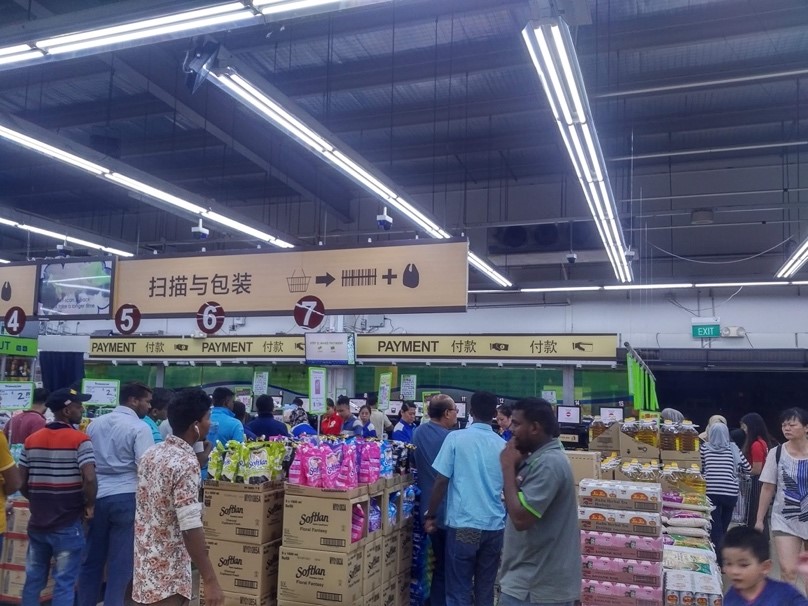Migrant Worker Recreational Centres, Accidental Diversities and New Relationalities in Singapore
Blog post by Daniel P.S. Goh and Andrew Lee
- Created
- 6 Apr 2022, 10:11 a.m.
- Author
- Daniel P.S. Goh and Andrew Lee
- DOI
- 10.1177/00420980221081336
Abstract: https://journals.sagepub.com/doi/full/10.1177/00420980221081336#abstract
Migrant worker recreation centres in Singapore are designed to cater to transnational low-waged male migrants. These eight centres, located away from the city on the urban fringe close to workers’ dormitories, have shops and amenities that the public can enjoy too. As a public space, recreation centres become contact zones between locals and migrants and formed the sites of our study into the intersecting issues of transnational migrant integration and plural diversities in global cities. Although migrant-local interactions in the centres are mostly fleeting encounters, we show in this paper how such accidental diversities could lead to new relationalities and potentially reimagine urban futures.
We categorised the recreation centres we visited into old and new. The major riot involving migrant workers in Little India in 2013 accelerated the construction of four new recreation centres. These new centres are infused with security imperatives and facilities, whereas the older centres built before the riot, had a more open character. Our comparative participant observation in the recreation centres made us attentive to accidental diversities predominant in the older centres.
Migrant-local interactions that make up accidental diversities may range from a game of football, queuing in line to buy groceries in a supermarket, and sharing the space within an eatery. We conceptualise the making of accidental diversities as a tendency running counter to the differential inclusion of migrant workers observed by scholars. Accidental diversities instead, are incidental urban encounters linked to the rhythms of everyday life.
Such interactions, though seemingly trivial, are crucial for the formation of new social relationships for migrant integration. Despite attempts by the state to sequester migrant workers, workers and residents living in the proximities of the recreation centre have the potential to transform zoned spaces of segregation into contact zones of inclusion. This has been capitalised on to develop a migrant worker grassroots sector. Taking advantage of these spaces, civil society and state-linked organisations have coordinated and organised grassroots events at the centres to spur integration efforts while developing new institutions of mental and primary health care.
More than just segregated urban spaces, we illustrate how recreation centres bring things into relation. Accidental diversities allow for new relationalities, which we characterised as migrant worker grassroots bringing civil society actors, state-linked agents, locals, and migrants together into emergent social relationships. These emergent relationalities offer the potential to transcend the binaries of integration/segregation and inclusion/exclusion and create new ways of reimaging urbanisms of differences.

Figure 1: Locals and migrants doing their marketing
Read the accompanying article on Urban Studies OnlineFirst here.


Comments
You need to be logged in to make a comment. Please Login or Register
There are no comments on this resource.